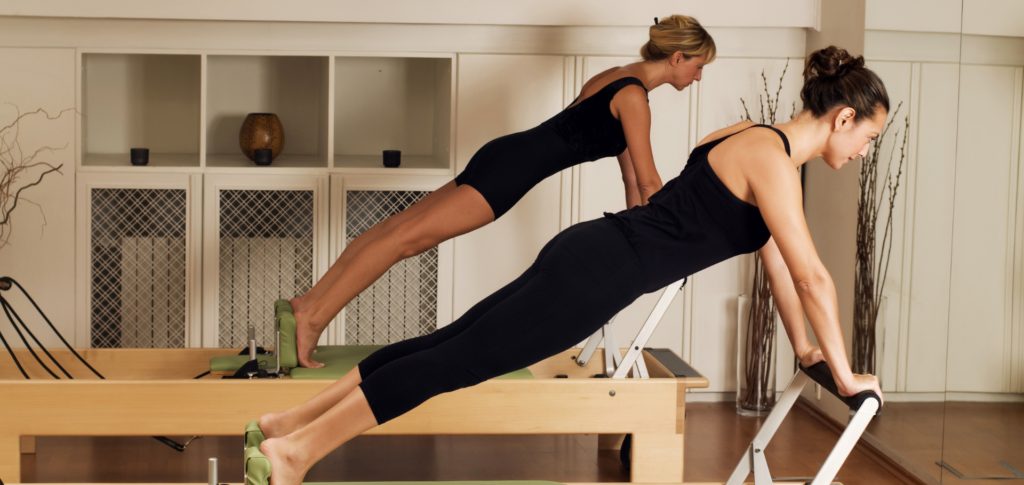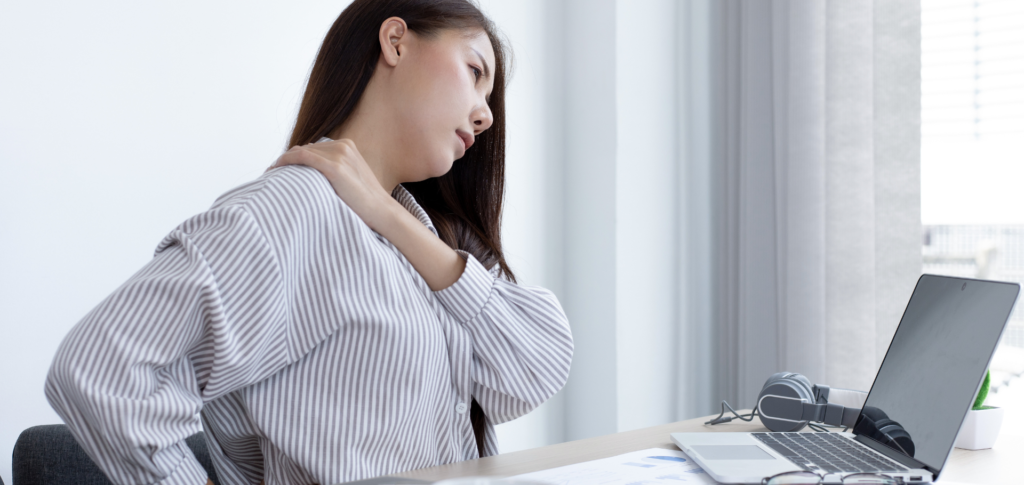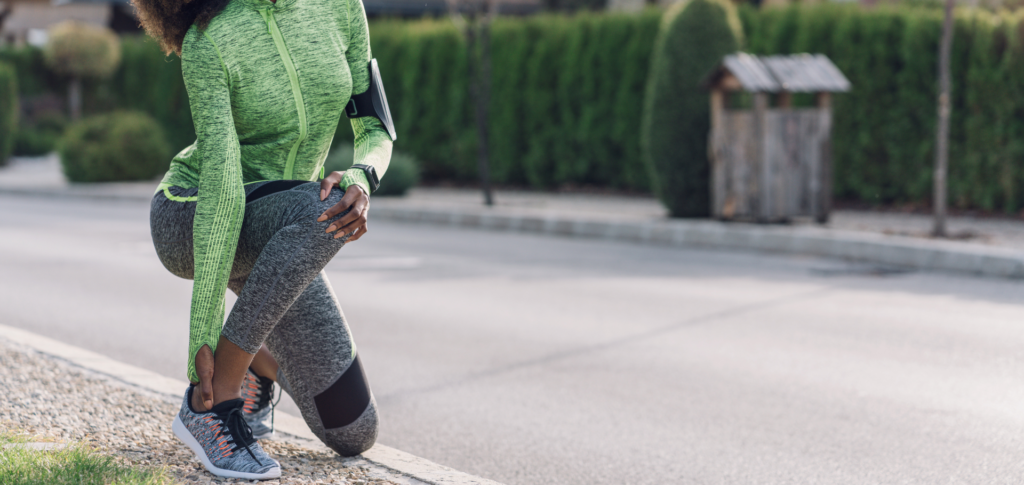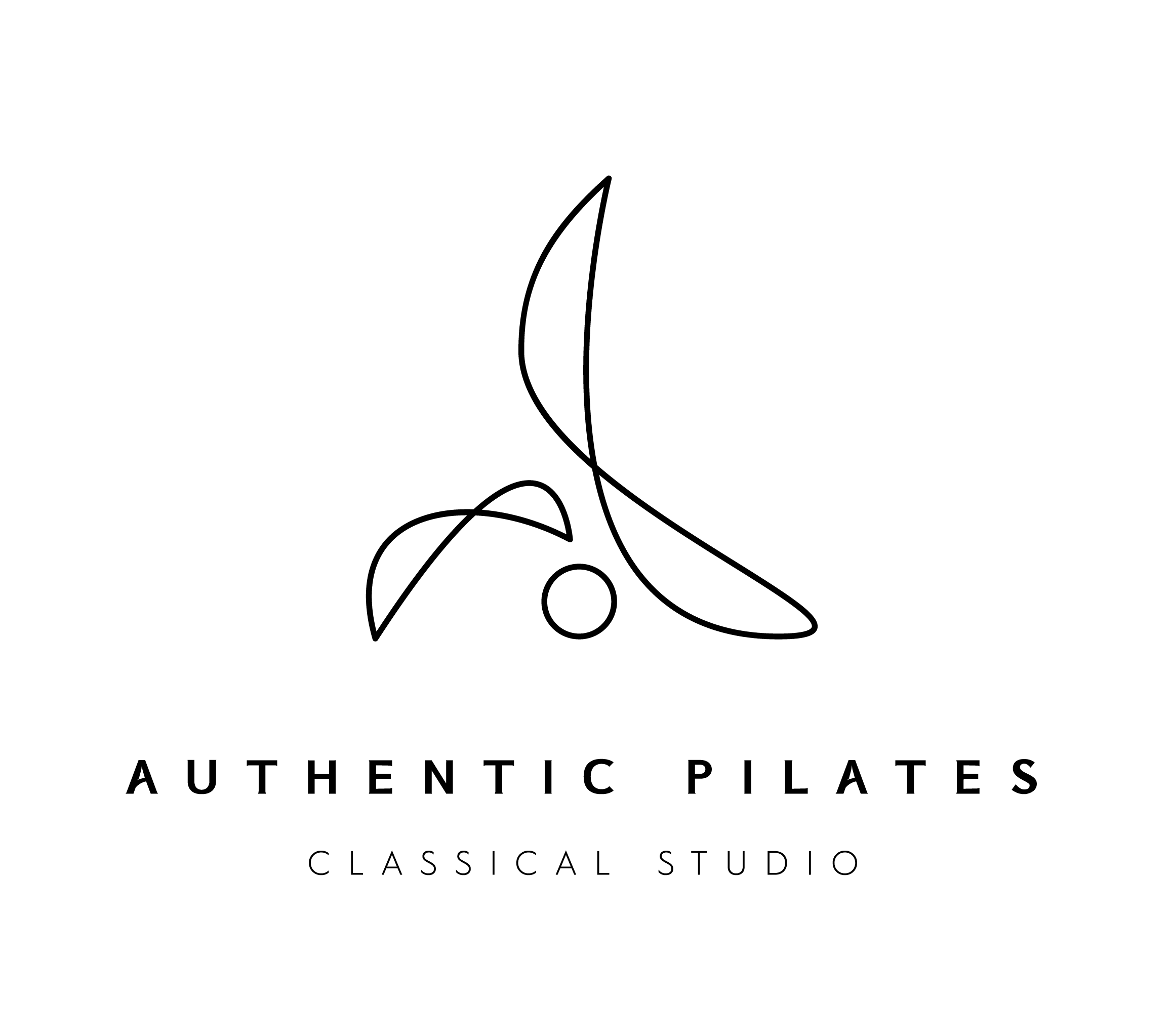Introduction
If you’re looking for a way to build muscle, improve your balance and flexibility, or just relieve stress, low-impact training is a great option. Low impact exercise means that you don’t have to worry about injuring yourself or putting too much strain on your joints or bones. Here are some of the perks of low-impact training:
Low impact training is important for both strength and flexibility.
In addition to all the benefits of low-impact training for flexibility, the exercises that are part of low-impact training also have a lot to offer in terms of strength. These types of exercises are great for building up your muscle mass and improving your balance and coordination.
This means that if you’re someone who wants to be able to lift heavy weights or do an intense workout with your friends at the gym, low impact is still an option! You just have to choose different exercises than high-intensity ones. For example:
- Pilates classes
- Yoga classes
As we’ve seen above, there are many different types of physical activity out there which can help people improve their health on multiple levels – whether it’s weight loss goals or simply being more flexible overall. The important thing is finding something that works well for YOU so stick with whatever feels right!

Low impact training can be a good stress reliever.
Low impact training is one of the best stress relievers. Not only can it help you relax, but it can also help you sleep better and deal with anxiety, depression and anger. If you’re feeling stressed out, consider taking up a low-impact activity like pilates to improve your mental health.
Low-impact exercise makes you less likely to be injured.
While high-impact training and exercise are great for your cardio health, they also increase your risk of injury. This is because the sudden impact forces put your body under stress, which can lead to pain or discomfort in different areas. Low-impact exercises such as Pilates are safer for the body because they allow you to gradually build up strength and endurance with each workout session.
This means that even if you’re a beginner, you can still reap the benefits of low-impact training without worrying about strains or sprains on soft tissues like muscles and tendons. In fact, studies show that individuals who participate in low-impact exercise programs tend to experience fewer injuries than those who do not engage in these activities at all!

Low-impact training can help people with chronic pain, injury or illness.
Low-impact training can help people with chronic pain, injury or illness. For example, if you have back pain, a Pilates class can help build strength and flexibility to improve your posture and strengthen your core muscles.
If you have neck or shoulder pain caused by poor posture, Pilates can help improve poor posture.
Pilates is also a good exercise for people who suffer from chronic illnesses like cancer because it helps you to regain strength without putting too much strain on the body.

Pilates is a workout method that focuses on strengthening the core.
Pilates is a workout method that focuses on strengthening the core. It can be a great workout for people of all ages, and it’s especially useful if you want to improve your posture. This type of exercise has been shown to help with balance as well as strength training and flexibility in some individuals. The Pilates method involves more than just doing crunches or sit-ups—you will learn how to use your entire body while engaging your core muscles in order to achieve proper alignment and posture.
Pilates promotes body awareness and healthy posture.
Pilates is a form of exercise that focuses on the core, which is the deep abdominals, and posture. By training these muscles to work together, you can improve your balance, flexibility and strength. Pilates is also great for working out kinks in the body that have been caused by sitting at a desk all day or from doing repetitive movements such as running.
Pilates promotes body awareness by making you conscious of how your body is moving during each exercise. The movements are slow and controlled so that you don’t injure yourself by going too fast or holding too much tension in your muscles during movement patterns. You will learn how to isolate specific parts of your body while still being connected to other parts as well (e.g., isolating leg muscles while keeping upper body stable). This helps develop stronger connections between mind & body while increasing muscle control & coordination over time with practice sessions!

Pilates is great for seniors because it’s low impact but still provides a full body workout.
Pilates is a low-impact exercise method that can be great for seniors. Pilates strengthens and stretches your body, so it’s great for helping with balance and flexibility. Pilates also has other benefits, such as helping you keep your core strength and improving posture.
Taking the time to focus on your core and flexibility will make you less likely to get injured in sports and other activities.
You may not be part of a team, but you can still benefit from low-impact training. Many of the exercises focus on strengthening the core muscles, which is important for injury prevention in any sport. A strong core will also help you maintain proper posture and balance—without straining your back and hips!
There are also many exercises that will improve flexibility and mobility throughout your body. Having a good range of motion is essential as we age, especially if you’re planning on staying active into older age (or just want to be able to move around without pain).

Conclusion
We hope you’ve enjoyed learning about the benefits of low-impact training and exercises such as Pilates
If you’d like to start your Pilates journey you can click here to learn more.
